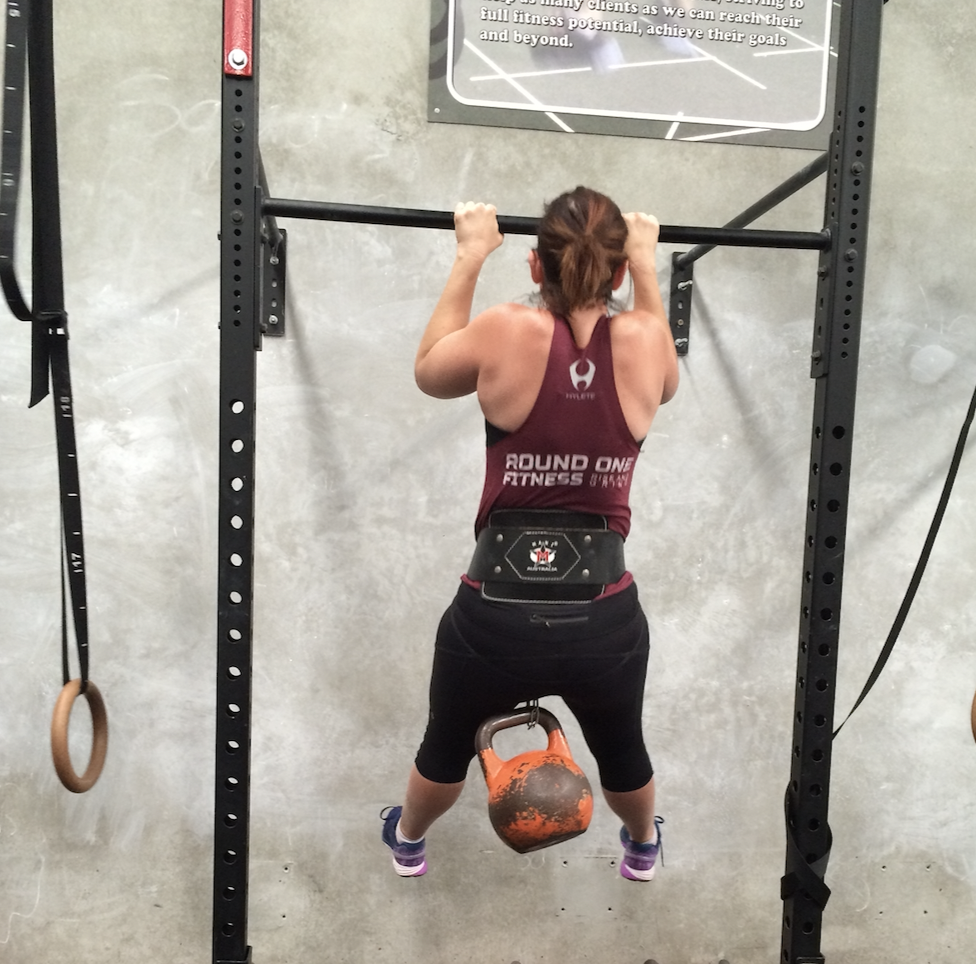Hey Team,
Happy Sunday to everyone. Have to say, this is the time of the year that Perth is BEST. Clear blue skies…and 21-degrees not 41-degrees. Cannot beat the weather right now…I mean, sure, it’s cold in the mornings but nothing a little exercise (and maybe a hoodie!) can’t sort out!
We are just about to hit July – which means a brand new block of BoxPlus classes. I have loved the June block – my favorites were the “flip-flop’ class with the tabata boxing/cardio sprints and the “Choose your own Adventure” class. Looking through July, the two ‘unique’ sessions we have set up are a Bike Race class (July#6) and a Shadow Boxing class (July#10). Now, I know we’ve done the bike races a bit so no explanation there, but pretty sure we haven’t run one in ‘Shadow Boxing’ style since 2019…it should be a lot of fun. I guess my only other comments on the plans are I’m trying to make things as fun as possible but please remember, it’s actually impossible for me to include all of your personal favorite things in every session – I am trying to making the sessions fun though and I hope the variety is really challenging you.
With the HyROX and City to Surf events both coming up in the next couple of months, I wanted to write today about the importance of strength training for people participating in endurance events. Whether you are on the road running, on a bike or in the water – every stride/pedal/stroke counts. Getting in reps in your chosen discipline is 100% the key to great outcomes – if you want to do a 12km run, you need to hit the road and RUN!! – but one thing that has immense value to your success that is so often overlooked in the chase to “get my km’s done” is strength training.
Now, the first response is often “Strength training? I don’t want to get BIGGER – that’s going to slow me down…to get better at running (or swimming, or riding) it seems like what I need to focus my attention on is just RUNNING more”. Well…I mean, if you aren’t running at all and you’re going to complete a running (or riding, or swimming…you get it, I’m just going to say running and mean all of them!) based event, then YES, getting started on a running PROGRAM is important. (n.b. Just going for a few runs is not a running program and you need to make sure you are using your training time wisely!! Get a program!!). But ‘focussing’ on your running doesn’t need to mean sacrificing your cross training. And it REALLY doesn’t mean sacrificing your strength training.
In pretty simple terms, here’s why doing 2-3 strength sessions per week can really assist in your preparation for an endurance based event.
|
|
|
|
|
As you dig into the details, it is important to understand that whilst your primary ‘focus’ in the 12-15 weeks before an event will be the ‘run/swim/bike’ elements – but that the time spent building strength and adding muscle can significantly improve your performance in the event. Strength training helps endurance athletes build greater power and efficiency in their stride/stroke which assists in maintaining power and (critically, in terms of injury management) FORM during longer training sessions and in the event itself.
To expand on this – and using running as the example – if you target building strength in your glutes, hamstrings, quads and calves (all of the ‘driving’ muscles!!) it will enable you to sustain a faster speed for longer…which of course, equals better times on race day and the ability to reach new PB’s.
Performance outcomes aside, I would suggest that the #1 reason to continue strength training as you prepare for your event are injury prevention related. Whatever your choice of event, endurance events are high impact (yep, even swimming!) that place repetitive stress on your muscles, tendons and joints. This stress increases the risk of overuse injuries (shin splits, bursitis, stress fractures, tendon issues, plantar fasciitis) – which in turn will take you OUT of your event. If you’re injured, there is no race day. If you’re injured, you won’t even be able to finish your training cycle to make it to the start line. Weaknesses or muscular imbalances are the things that most often lead to this kind of issues – a tight left hamstring leads to issues in your right knee! – and STRENGTH training is what helps address these sort of vulnerabilities.
How do I think your running plan should look? Well – something like this:
| Day 1 | Strength training day (Lower body for runners/riders, upper for swimmers) | |
| Day 2 | Interval run/ride/swim day #1 | |
| Day 3 | Strength training day (Full Body) | |
| Day 4 | Interval run/ride/swim day #2 | |
| Day 5 | Strength training day (Lower body for runners/riders, upper for swimmers) | |
| Day 6 | Endurance run/swim/ride day. | |
| Day 7 | Rest Day. | |
Obviously this plan is generalised – and to be honest it’s geared to those people out there who (like me) are entering into events with a plan of finishing them and MAYBE aiming for a PB versus those trying to WIN the event! – but I think you get the general idea. Caveat 2 is that early in your program – as you start to get in the groove of the build – I would take 1x extra rest day each week…just take a day off both BEFORE and AFTER your endurance day. It also goes without saying that if you’re embarking on a new training scheme of ANY sort that you need to dial in some nutrition – let’s chat about that if you have any concerns!
I guess the overall message is that if you’re planning on participating in any of the events in this upcoming endurance season – runs/swims/rides or multi-events – then the key to being successful and injury free is following a program that helps you get your sport specific training done AND also incorporate some structured strength training.
See you in the gym,
Michael.


